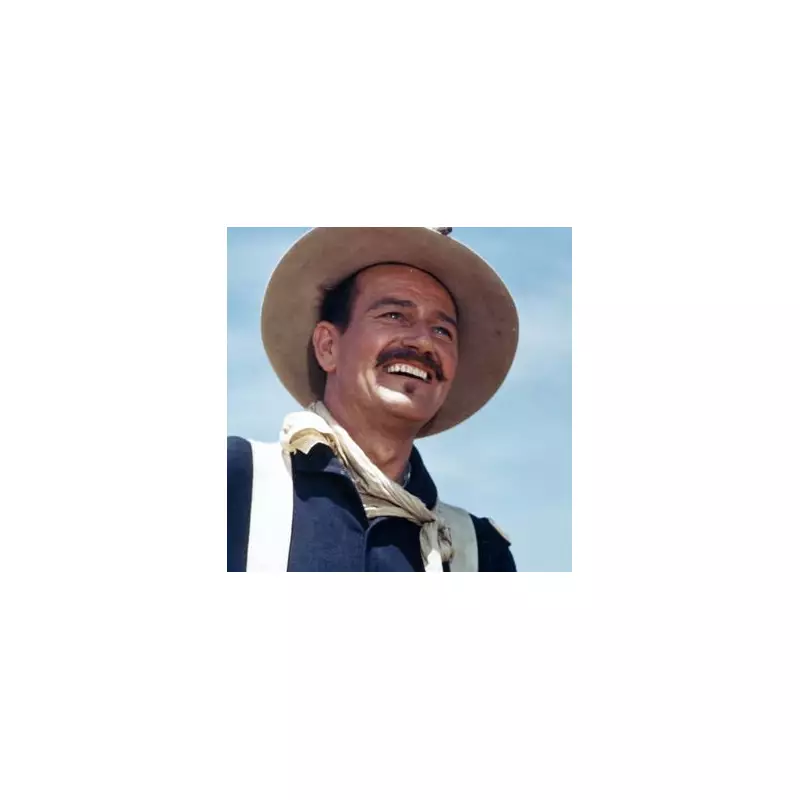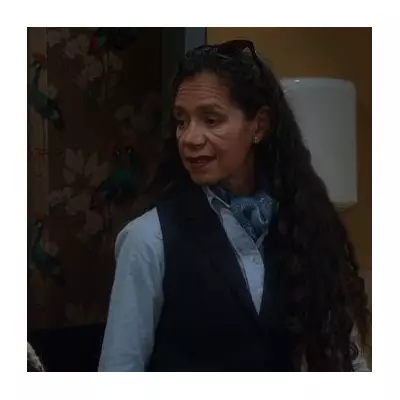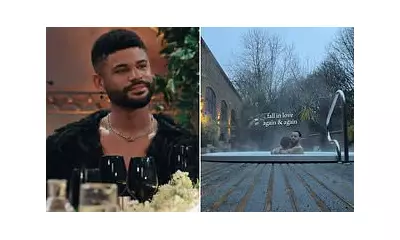
In the golden age of Hollywood Westerns, one film stands as a monumental achievement in cinematic history - John Wayne's Rio Grande. Released in 1950, this classic represents the final chapter in director John Ford's celebrated cavalry trilogy, yet its creation story remains largely untold.
The Cavalry Trilogy's Grand Finale
Following the success of Fort Apache and She Wore a Yellow Ribbon, Rio Grande completed what would become known as Ford's masterful cavalry trilogy. The film sees John Wayne in his element as Lieutenant Colonel Kirby Yorke, a hardened cavalry officer forced to confront personal demons when his estranged son enlists in his regiment.
A Strategic Masterpiece Born from Compromise
What many fans don't realise is that Rio Grande emerged from a delicate negotiation between artistic vision and studio politics. Republic Pictures, initially hesitant to greenlight Ford's ambitious The Quiet Man, agreed to finance both projects only if the Western was produced first.
'It became the perfect storm of creative compromise,' explains film historian Dr. Eleanor Matthews. 'Ford got to make his passion project, while the studio secured another John Wayne Western - a guaranteed box office success.'
The Iconic Wayne-O'Hara Chemistry
The film marked the second on-screen pairing of John Wayne and Maureen O'Hara, whose electric chemistry would define eight films together. Their compelling dynamic as a separated couple navigating military life and family tensions added emotional depth rarely seen in Westerns of the era.
Authenticity in Every Frame
Ford's commitment to authenticity shines throughout Rio Grande. From the meticulously recreated cavalry outposts to the genuine camaraderie among soldiers, the film captures the harsh reality of frontier military life while maintaining the grand spectacle audiences adored.
Enduring Legacy and Cultural Impact
More than seven decades after its release, Rio Grande continues to captivate audiences worldwide. Its exploration of duty, honour, and reconciliation resonates across generations, securing its place as not just a Western classic, but as a timeless piece of cinematic art.
The film's success paved the way for more complex Western narratives and cemented John Wayne's status as an American icon. As Dr. Matthews concludes, 'Rio Grande represents that perfect intersection of commercial entertainment and artistic achievement - a formula that continues to influence filmmakers today.'





